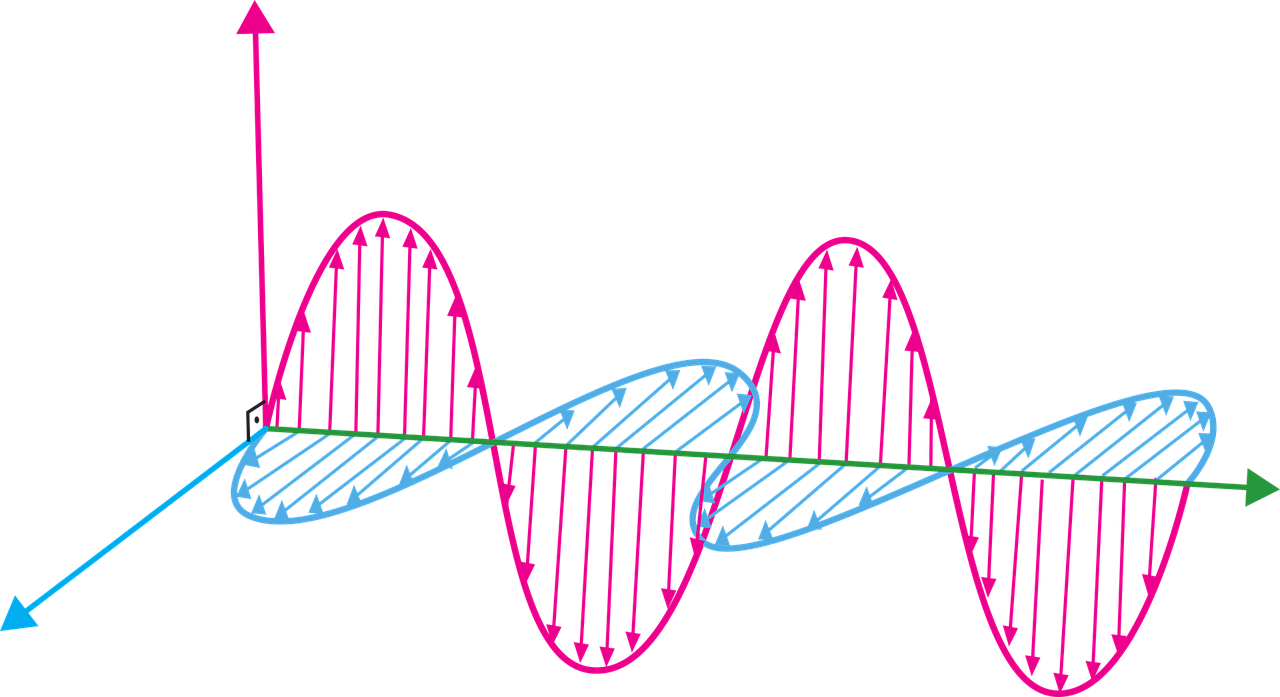A Journey Through the Wave // Exploring Harmonic Frequencies

A wave, whether sound, electromagnetic or mechanical, can be divided into individual parts with their own frequency and amplitude. This essay will examine in detail the harmonic frequency of a wave, its relevance in various fields and the formulas that describe it. First of all, it is essential to understand what a wave is. A wave is a disturbance that travels through a medium or space without carrying matter.
Waves can travel through air, such as sound waves, electromagnetic waves, such as light, or even mechanical waves, which travel through solids, liquids or gases.
A periodic wave, that is, a wave that repeats at regular intervals, can be decomposed into its fundamental components, which are known as harmonics, when analyzed. These individual frequencies that make up the entire wave are called the harmonic frequency of a wave. The fundamental note we hear in a sound wave produced by a musical instrument is known as the fundamental frequency, while harmonic frequencies are the integer multiples of that fundamental frequency.
The importance of harmonic frequency lies in the fact that it determines the timbre or tonal quality of a wave. Each musical instrument produces a unique sound due to the specific combination of harmonic frequencies present in its sound spectrum. Likewise, in other contexts, such as data transmission via electromagnetic signals, understanding harmonic frequencies is essential for signal modulation and demodulation, allowing for efficient transmission of information.
To understand the formulas that describe the harmonic frequency of a wave, it is useful to review some key concepts:
1. Fundamental Frequency (f0): It is the lowest frequency present in a periodic wave and determines the main note or fundamental tone.
Harmonics can be defined as the integer multiples of the fundamental frequency. Harmonics are expressed as n x f0, if the fundamental frequency is f0, where n is a positive integer indicating the order of the harmonic.
3. The universal formula: The frequency fn of the nth harmonic can be found using the formula: fn = n × f0
Harmonics are simply integer multiples of the fundamental frequency, according to this formula. For example, if a sound wave has a fundamental frequency of 440 Hz (the A4 note on the standard musical scale), the second harmonic would be 880 Hz (440 Hz × 2), the third harmonic would be 1320 Hz (440 Hz × 3), etc.
The unique thing about all this, dear readers, the harmonic frequency of a wave is a fundamental concept in wave physics that describes the multiple frequencies present in a periodic wave. Its understanding is essential in a variety of fields, from acoustics to electronics, and the formulas that describe it are simple and direct, allowing precise analysis of the properties of waves.
Bibliography Reference
Physics for science and technology, Paul Allen Tipler, Gene Mosca, 2021.
Waves (Berkeley Physics Course), Jr. Crawford, B.P.C. (Berkeley Physics Course), 2012.
Thanks for your contribution to the STEMsocial community. Feel free to join us on discord to get to know the rest of us!
Please consider delegating to the @stemsocial account (85% of the curation rewards are returned).
Thanks for including @stemsocial as a beneficiary, which gives you stronger support.